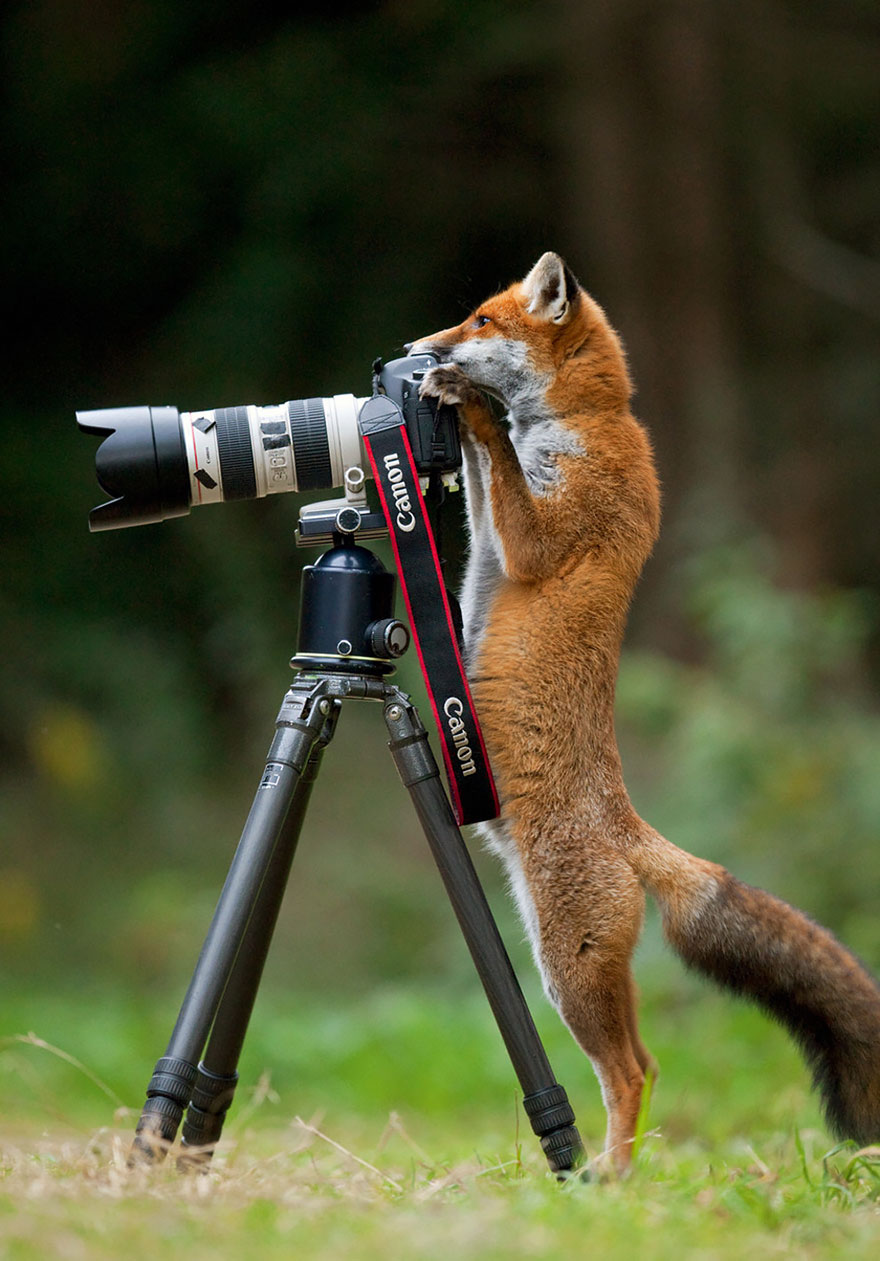A Animal Photographer Equipment: Choosing the Perfect Camera System
Wildlife photography is a captivating blend of creativity and technique, where capturing the spirit of wildlife can lead to spectacular visuals that convey a narrative. Whether you're a budding nature lover or a seasoned wildlife photographer, the selection of camera can greatly impact your success in this exhilarating pursuit. With the right equipment, you can capture the splendor of animals in their native environments, showcasing their grace, power, and character.
Selecting the perfect camera for animal photography involves considering different factors such as speed, photo quality, and versatility. With many options available today, understanding your specific needs and the types of environments you will be shooting in is essential. In this article, we will discuss the key features to look for in a camera, helping you assemble your collection and improve your skill to take impactful images of the animal kingdom.
Camera Types for Wildlife Shooting
When choosing a photographic device for wildlife photography, the choice between digital single-lens reflex and mirrorless system cameras is key. DSLRs are known for their sturdy construction, long power duration, and an wide selection of lenses. camtura.com allow shooters to change parameters quickly, making them perfect for capturing swift wildlife. Additionally, many expert nature shooters still prefer DSLRs for their traditional sight systems, which provide a crystal clear, real-time view of the scene, especially in strong sunlight.
On the flip hand, mirrorless systems have grown in acceptance due to their small size and cutting-edge features. With faster autofocus mechanisms and the capacity to capture images without sound, mirrorless cameras offer significant benefits in nature settings where noise can deter animals. They also provide electronic viewfinders that show lighting in real time, allowing for better modifications as lighting conditions change. As battery technology advances, mirrorless options are becoming increasingly viable options for serious nature photographers.
Another critical factor to think about is the sensor dimensions. Full frame sensors generally function superior in low light and offer more depth of field control. However, APS-C format sensors that are smaller, which are lesser, can offer the benefit of a crop factor, effectively photographers to move closer to the topic without needing longer optics. Each type comes with its advantages and drawbacks, and the choice will ultimately depend on the shooter’s approach and specific needs in nature shooting.
Key Features for Wildlife Photography
When choosing a camera for wildlife photography, one of the most critical features to consider is auto-focus performance. Animals can be unpredictable, moving swiftly and randomly. A camera with rapid and effective autofocus will help you capture sharp images of your subject even in tough conditions. Look for cameras that offer various auto-focus points and advanced tracking capabilities to ensure you can keep your focus on the dynamic targets successfully.
In addition to autofocus, low light performance is essential for wildlife photography. Many animal situations, such as early morning or dusk shooting, present difficult lighting conditions. A camera with a higher ISO range and strong noise reduction will allow you to shoot in lower light without sacrificing image quality. Look for cameras that can perform well at higher ISO settings, as this will offer more flexibility in different environments.
Finally, consider a camera's continuous shooting capabilities. Animals often do not stay still for extended periods, and taking a series of actions can tell a compelling story through your images. A camera with a fast frames-per-second rate allows you to take numerous shots in rapid succession. This feature is invaluable for capturing decisive moments, whether it's a bird taking flight or a predator in action, ensuring that you don't overlook any important shots in the wild.

Top Photography Recommendations for Enthusiasts
For those pursuing wildlife photography, the Canon R6 is a remarkable choice. This compact camera offers outstanding autofocus capabilities, making it simpler to capture fast-moving wildlife. With a 20 fps per second continuous shooting speed and excellent low-light capability, it ensures you capture the perfect shot, whether it’s a bird in flight or a cautious creature hiding in the underbrush.
Another excellent option is the Nikon Z6. This camera features a full-frame sensor that produces stunning image quality, even in low lighting conditions. Its fast hybrid autofocus system allows for quick focusing on moving subjects, which is essential when capturing images of animals. Additionally, the durable build makes it suitable for outdoor expeditions, ensuring it holds up against the elements while you’re in the field.
Lastly, the Sony Alpha a7 IV is a fantastic choice for animal photographers who value versatility. With its sophisticated autofocus and high resolution, it captures intricate details of the wildlife. The camera also supports impressive video features, which is ideal for those who want to capture wildlife in motion. Its compact design and extensive selection of lenses mean you can gear up for any situation and take breathtaking images of animals in their natural habitat.